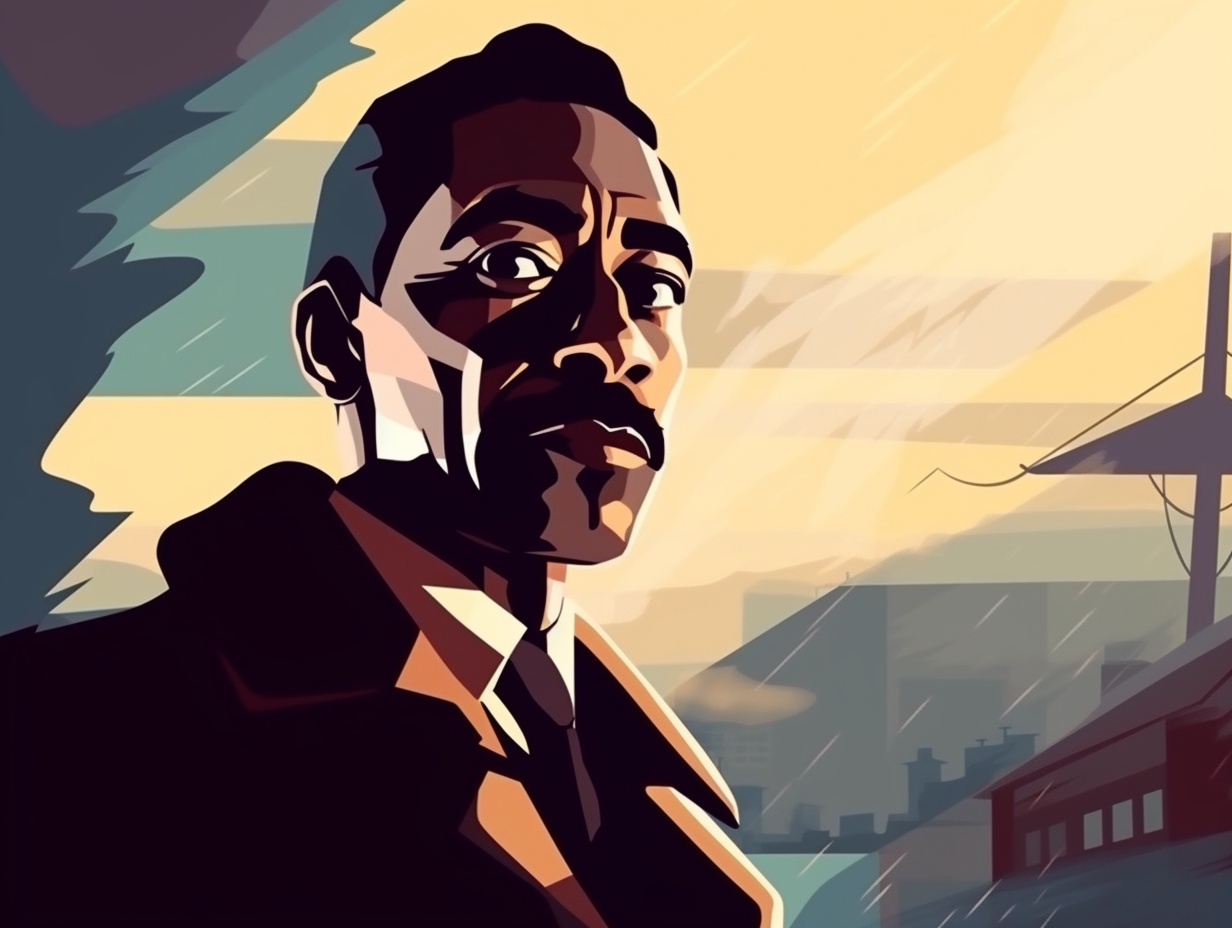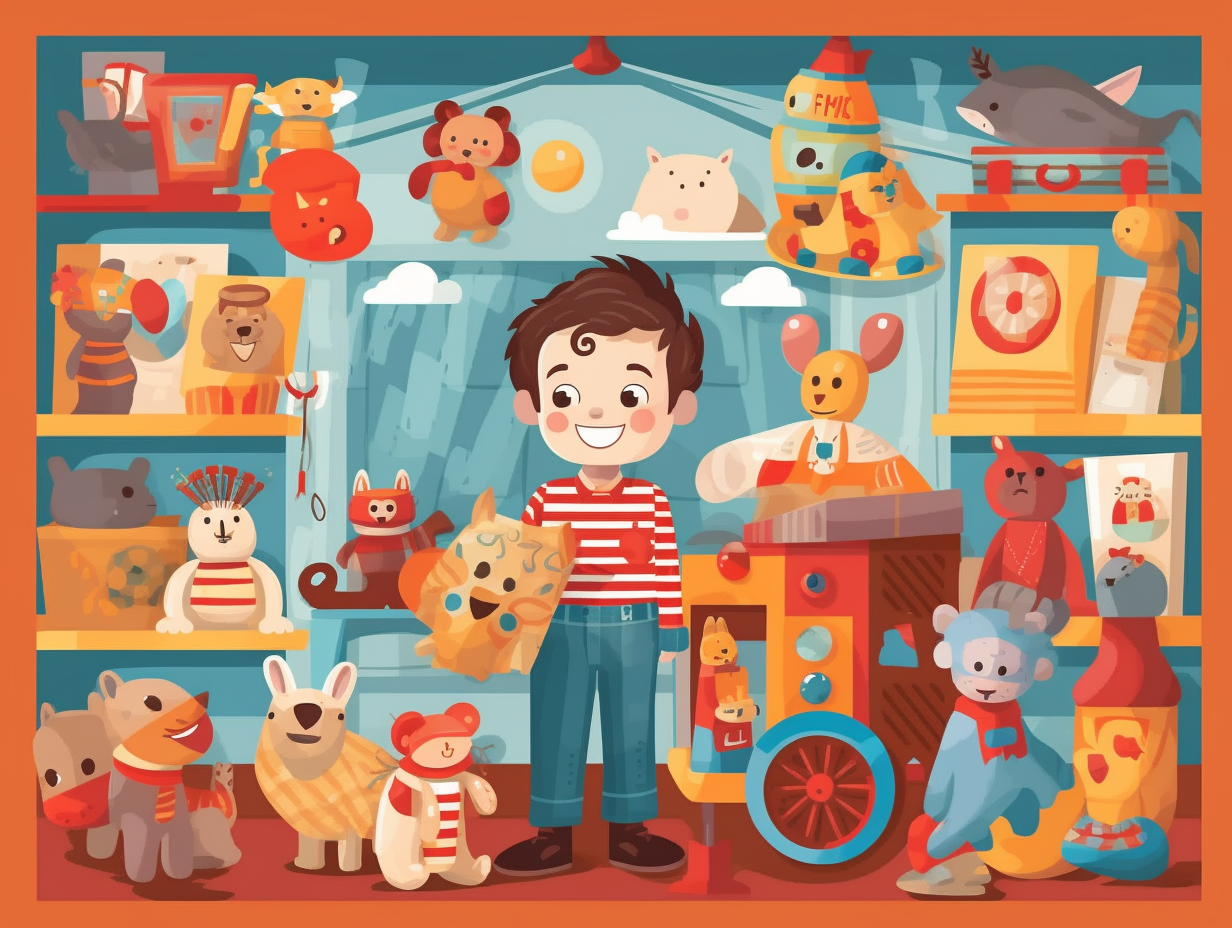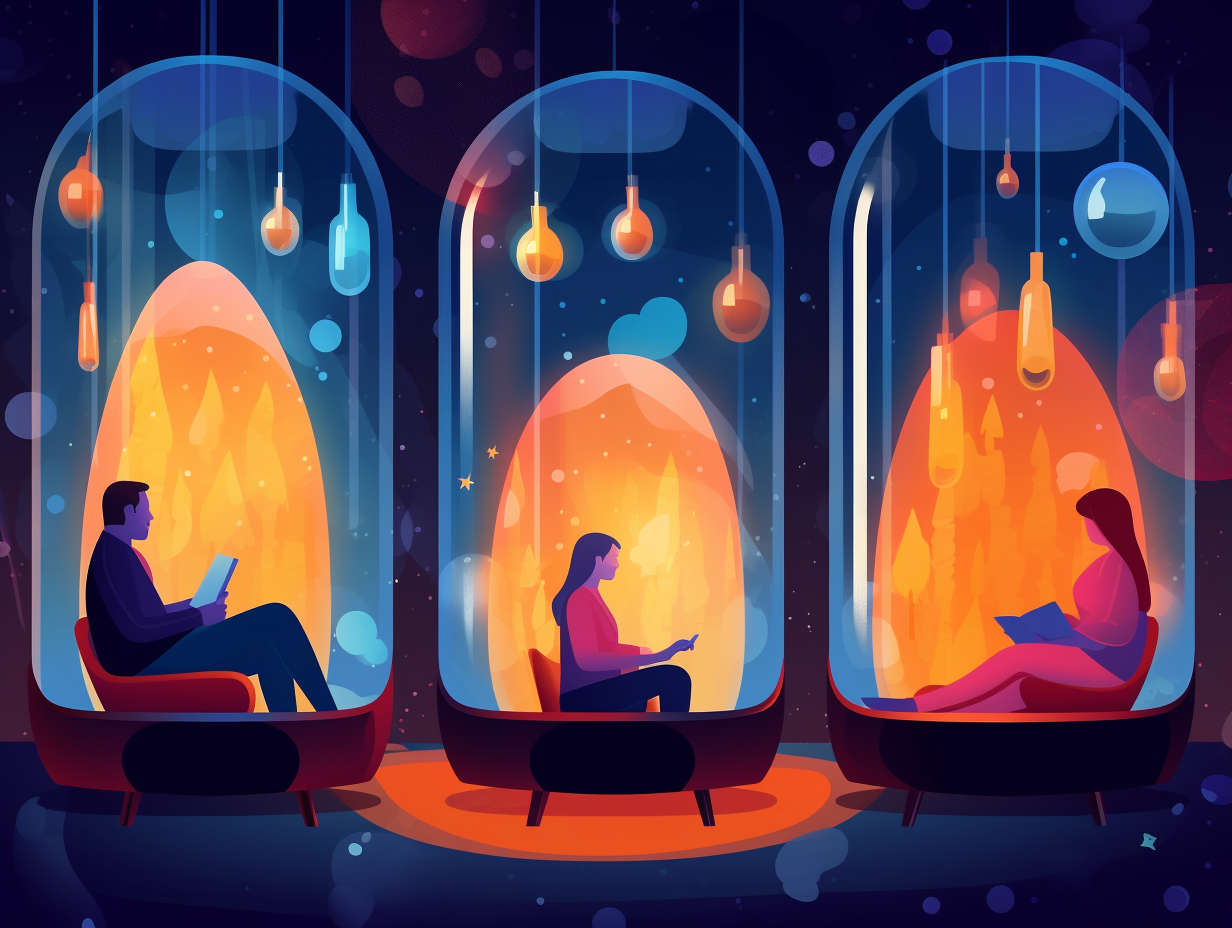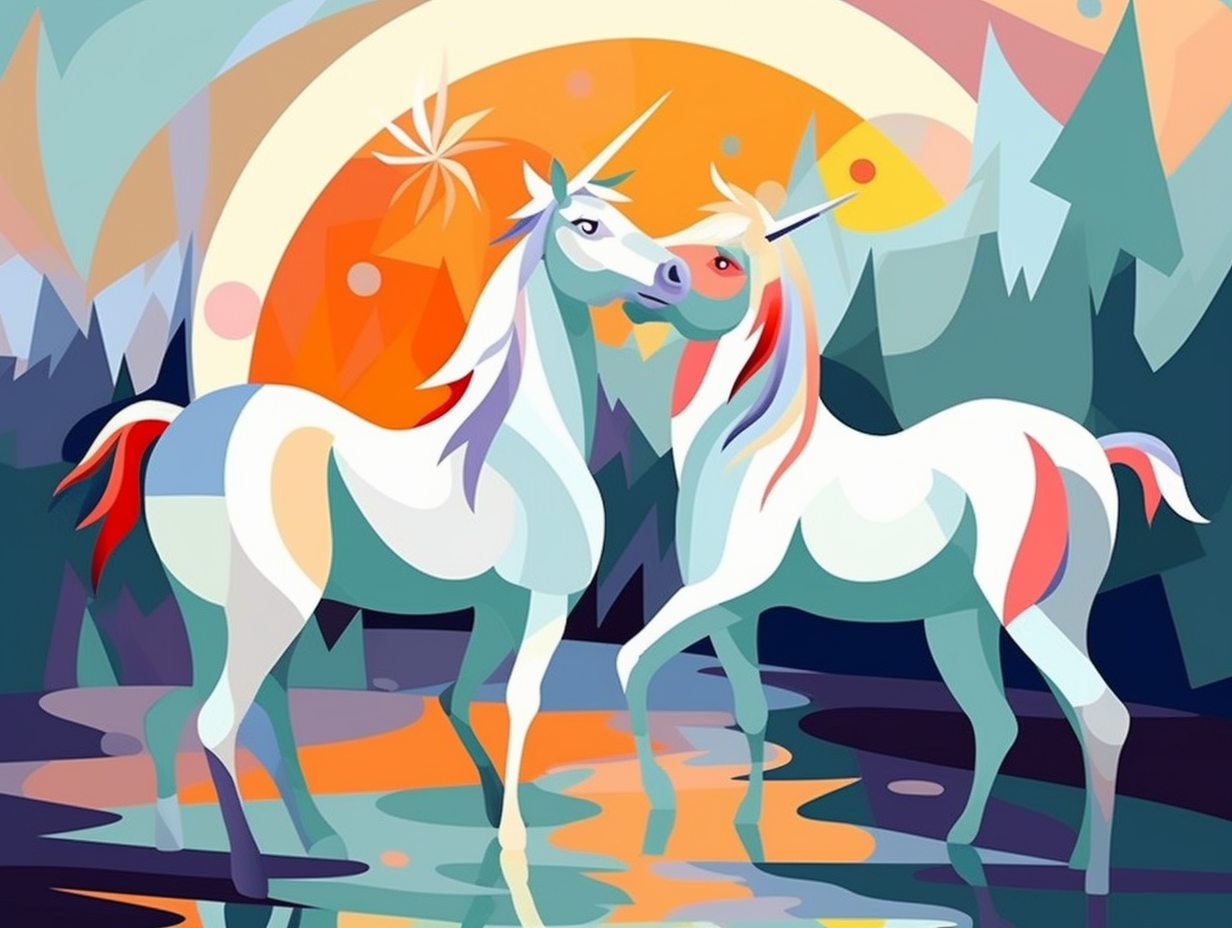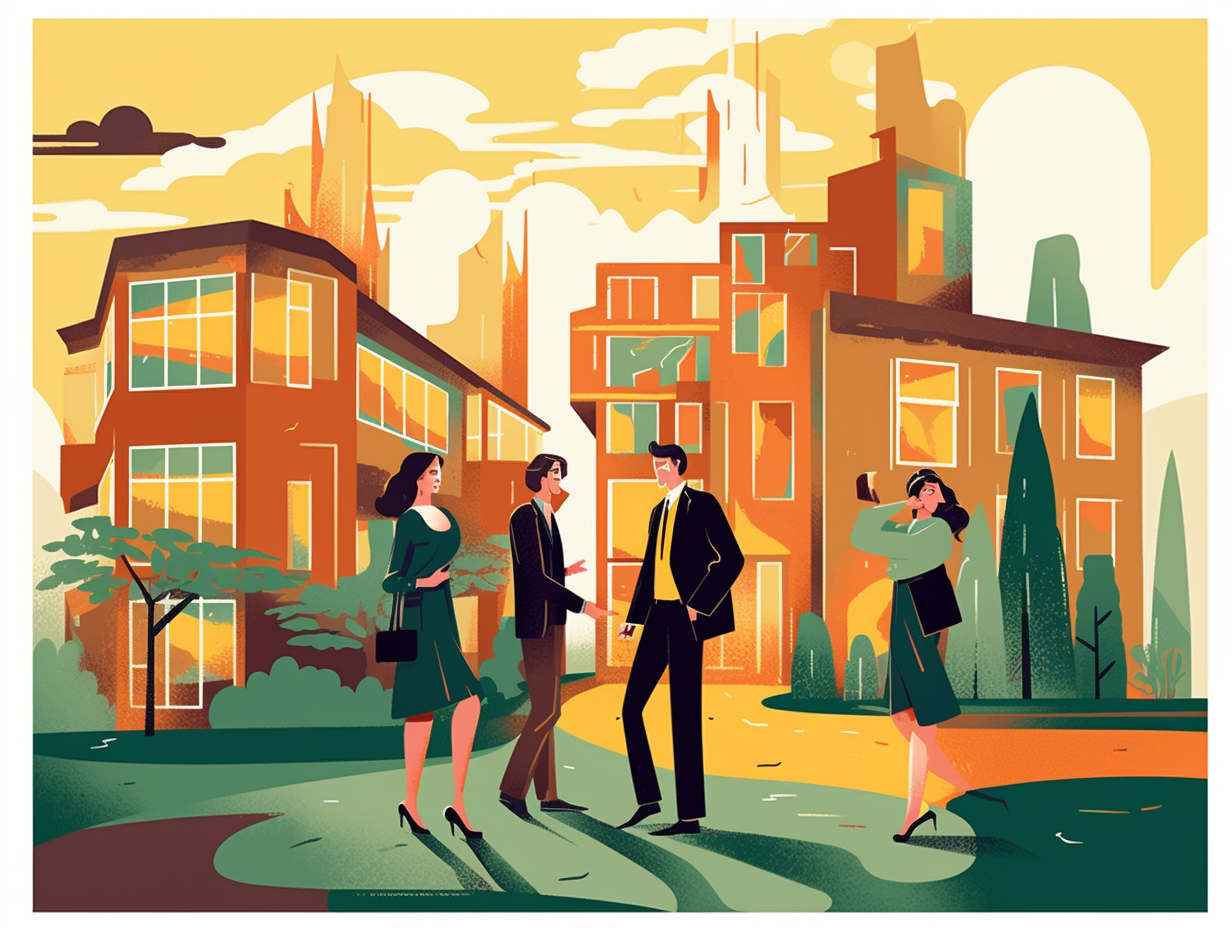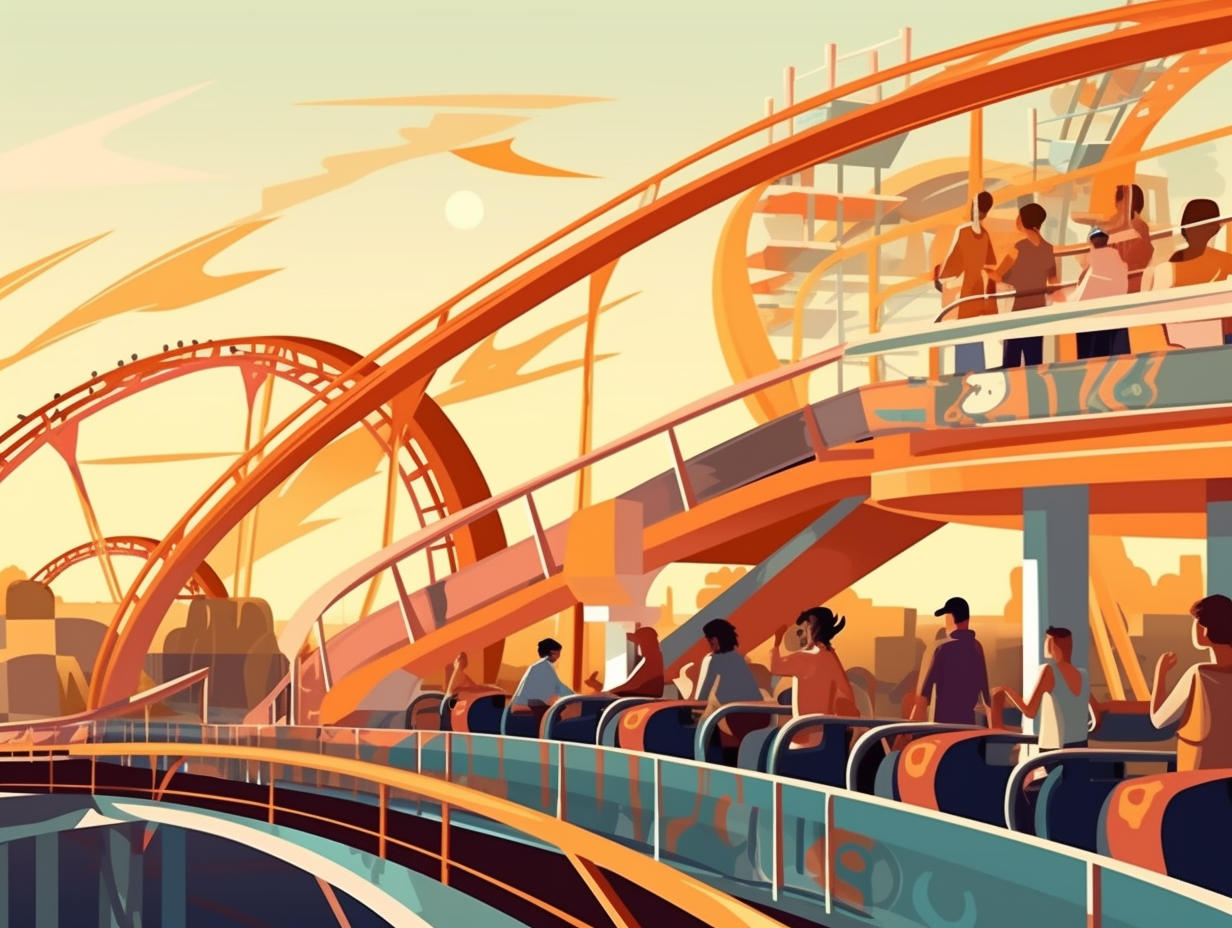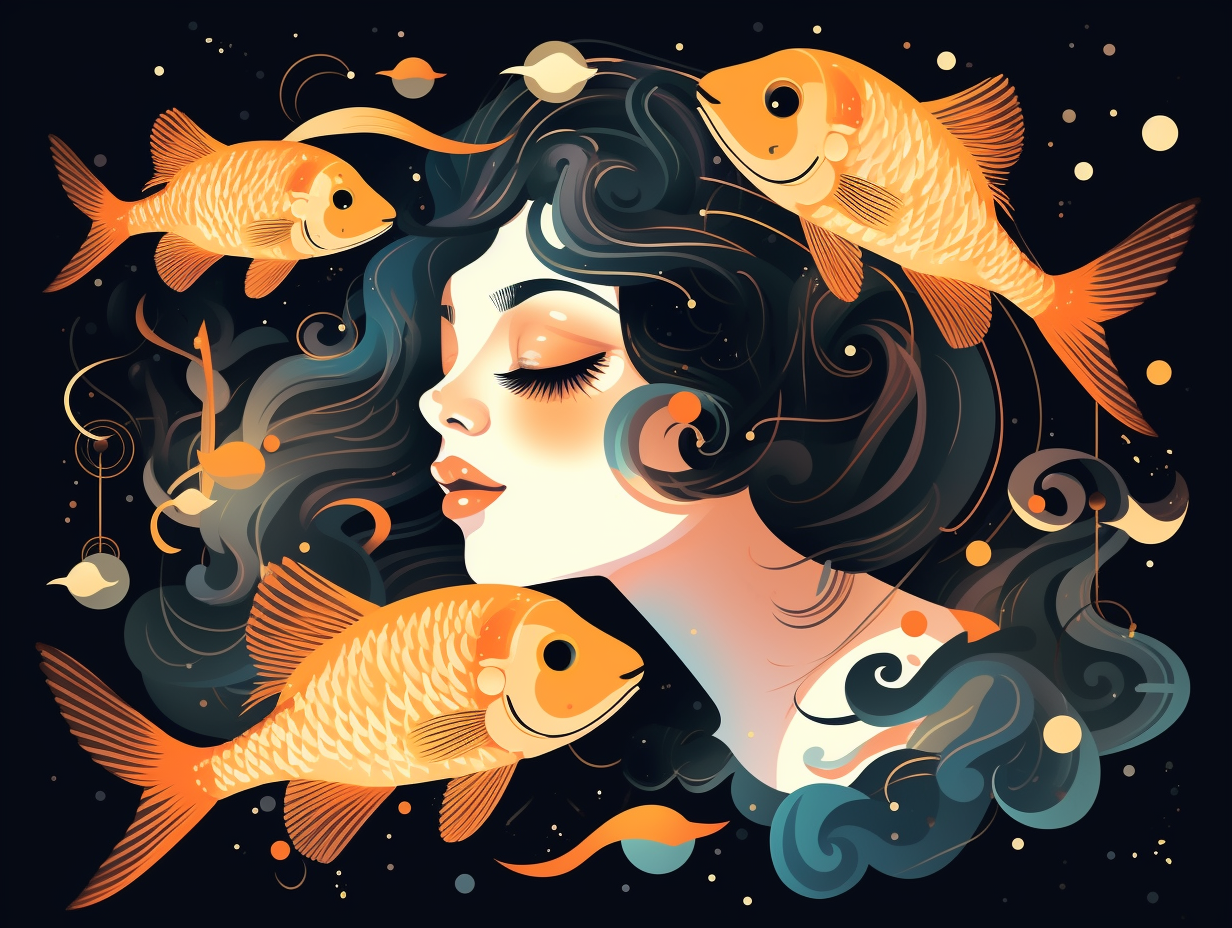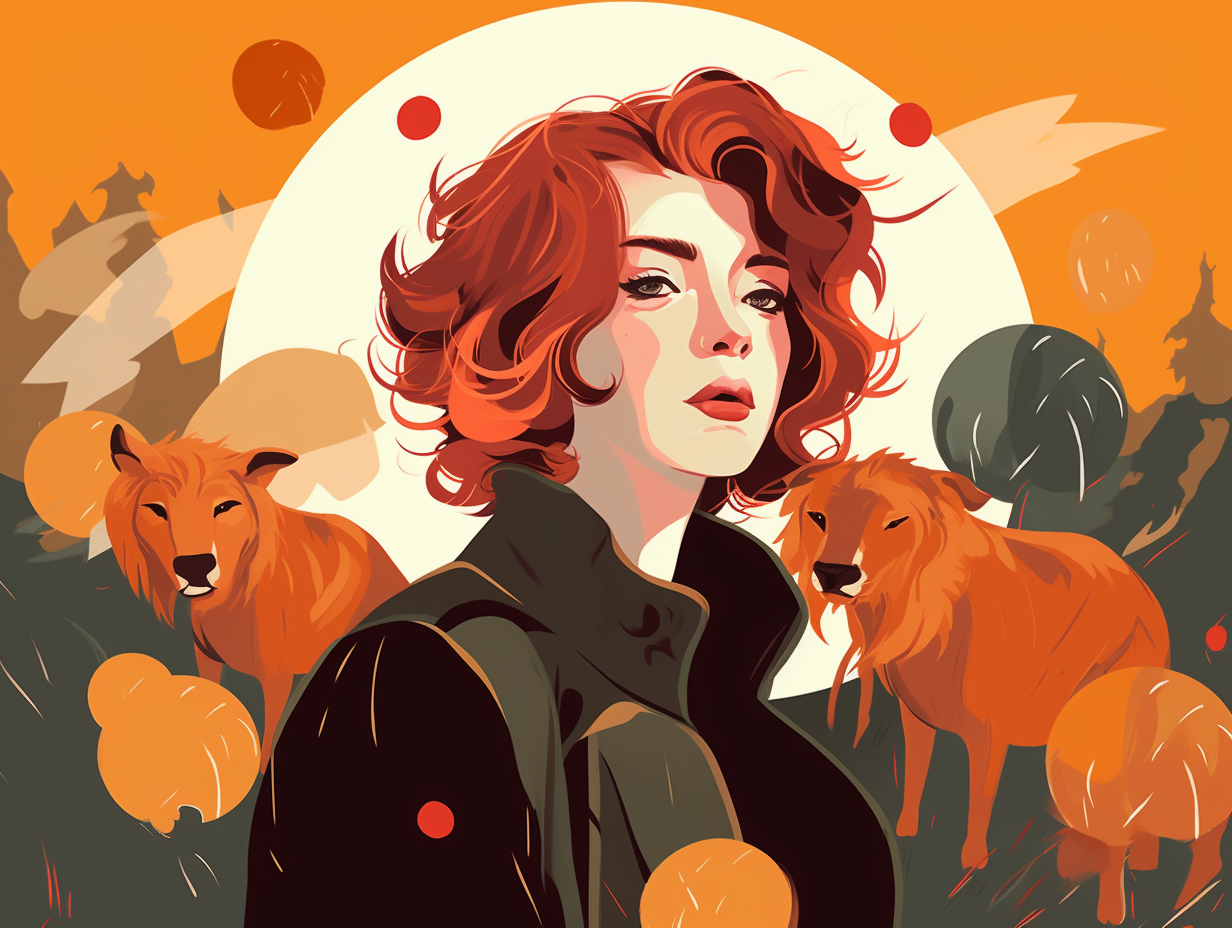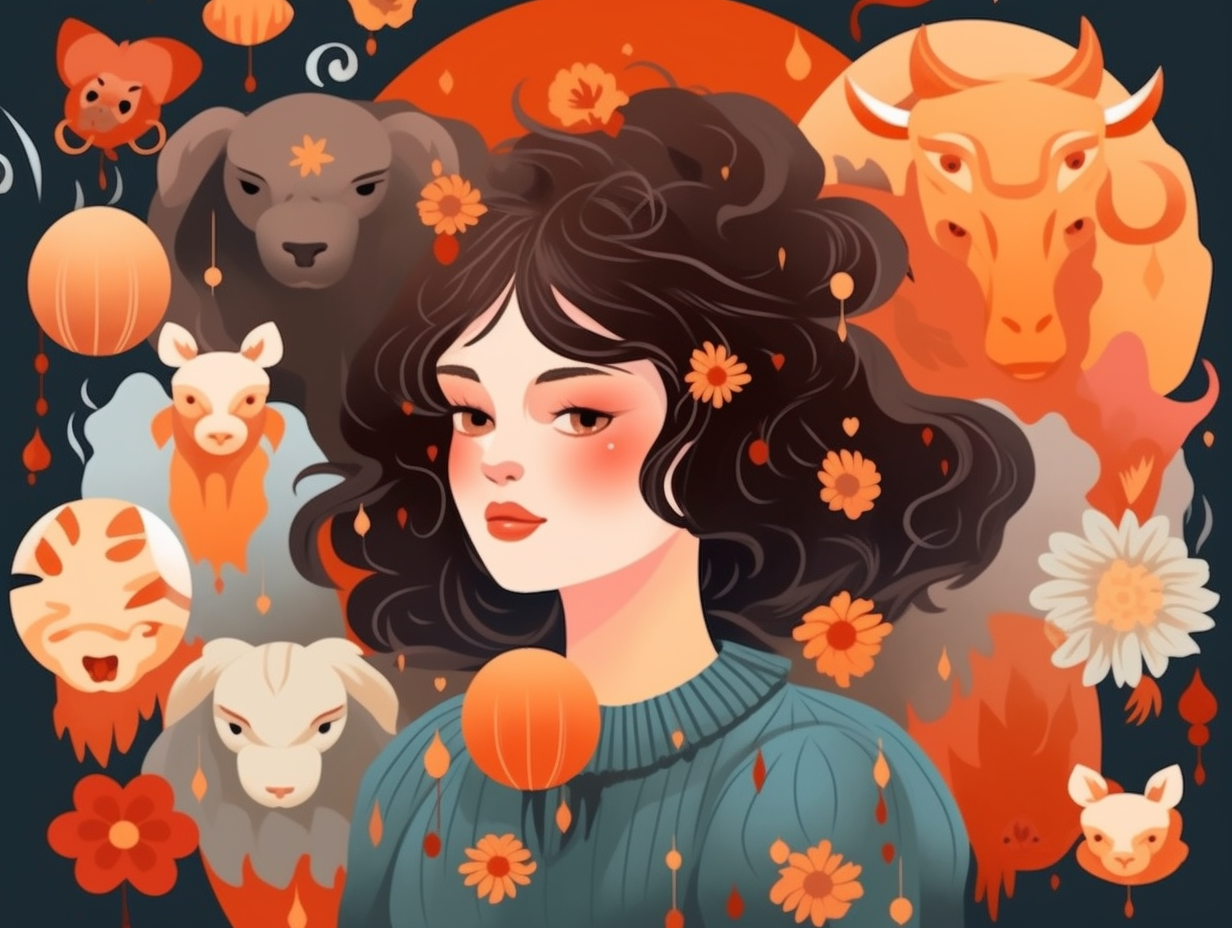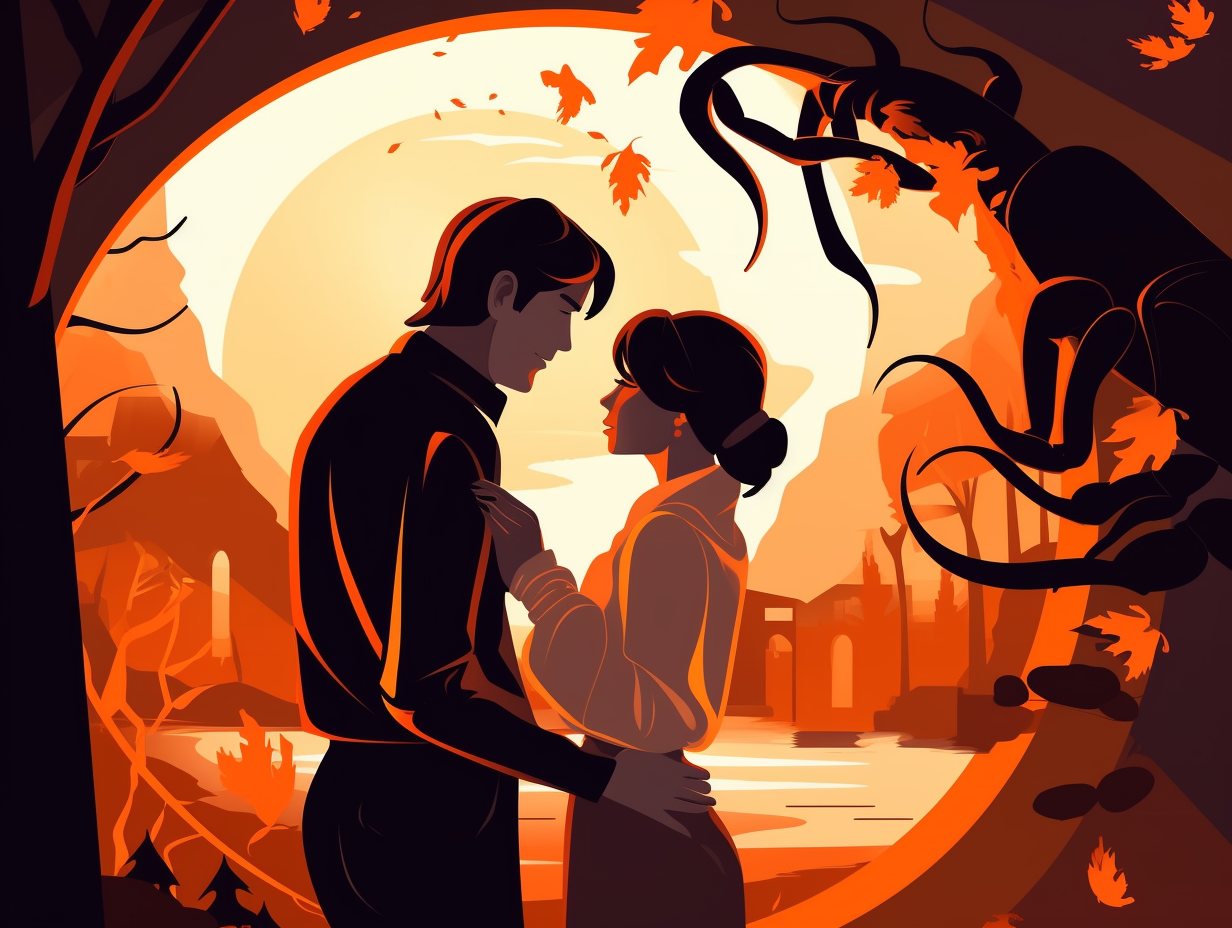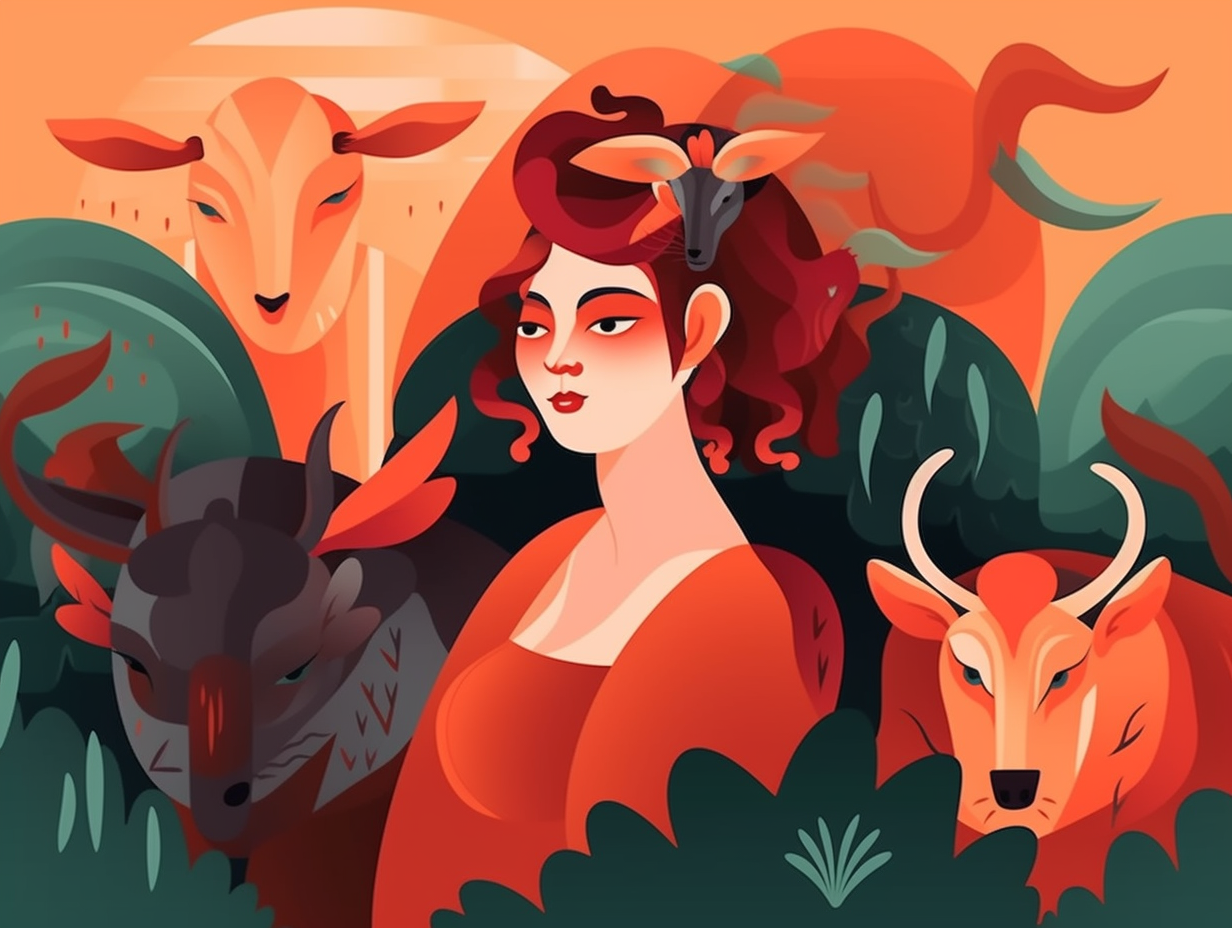Capture the Moment: Top 8 Unbelievable Fun Facts About Photography You Never Knew!
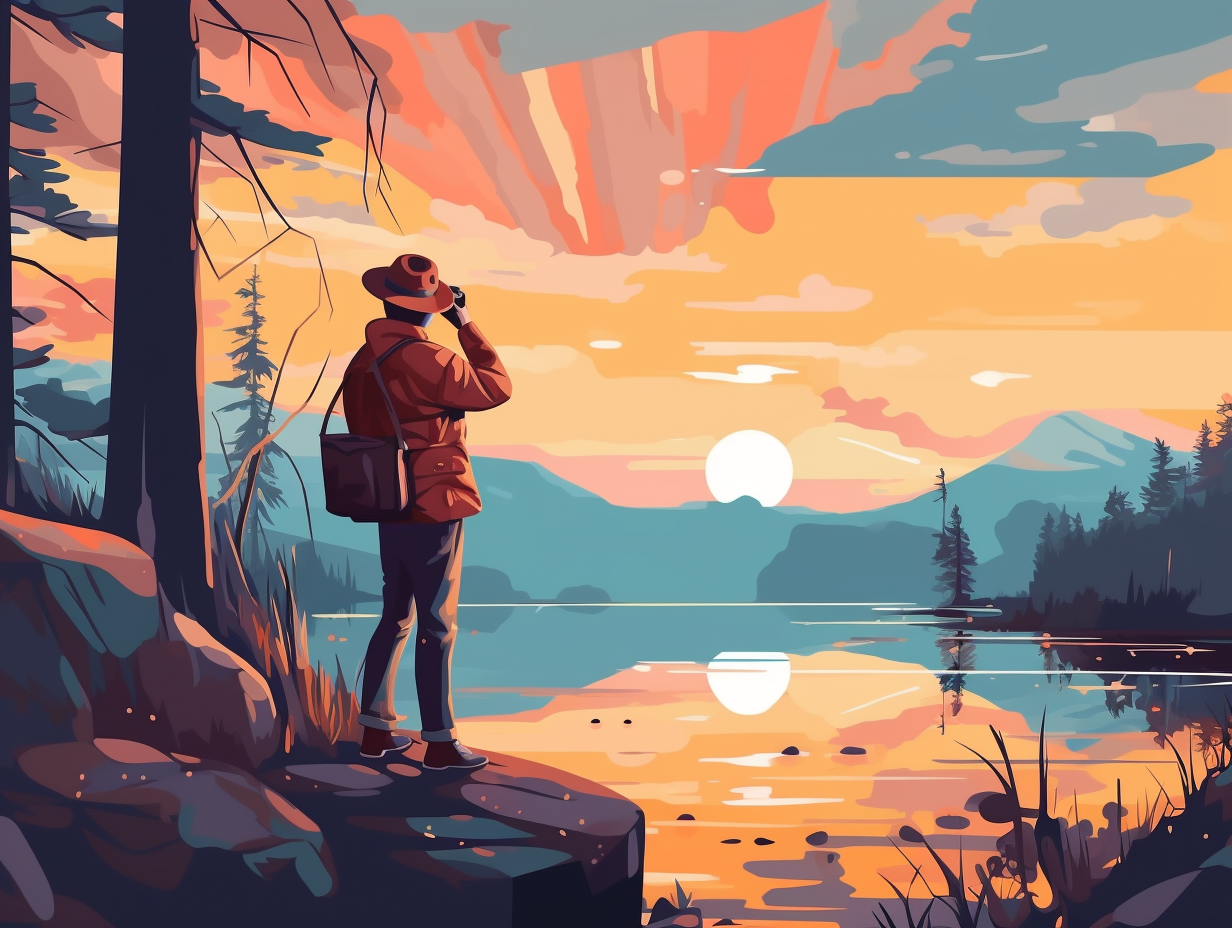
1. Robert Cornelius: First Selfie King
Before smartphones turned common folk into esteemed photographers and selfie aficionados, a certain Robert Cornelius was the OG of striking a pose: Inventing new techniques in 1839 to upgrade portrait quality, Robert not only took the first U.S photographic portrait but admirably shortened exposure time to just 60 seconds with his reflector and blue glass filter wizardry.
Source => en.wikipedia.org
2. Kodak: Muscles of the Alphabet
When the alphabet threw a party and the letter K flexed its muscle, chiseled like an ancient warrior, confident in its boldness, George Eastman took a shine to it: The creation of the Kodak name came about in 1888 when George decided to pick-and-mix various letter combinations, ultimately settling on Kodak for being catchy, strong, and unrelated to any specific meaning, forever rebranding the photography game with the iconic yellow trade dress.
Source => theguardian.com

Did you know that Dorothea Lange's captivating photos of Japanese American internment were never hidden away? Discover the War Relocation Authority's public collection and witness history firsthand! 📷🔍
=> Fun Facts about Dorothea-Lange
3. Niépce: 8-hour Selfie Master
Before Instagram filters and Snapchat lenses were all the rage, it took Nicéphore Niépce an entire workday just to take one (not-so-perfect) selfie: In 1825, this photography pioneer captured the world's first photograph using a camera obscura, after many failed attempts, and with an impressively patient exposure time of eight hours, ultimately paving the way for the eye-catching, split-second snaps we enjoy today.
Source => eyeem.com
4. Martian Memories: Red Dirt Edition
Mars: the ultimate destination for dune-loving, red-dirt enthusiasts everywhere! In 1976, the Viking 1 lander became the first U.S. spacecraft to safely touch down on that wondrous red planet, blessing us earthlings with the first-ever color photograph of Martian soil – a lovely mix of reddish finesse and mysterious dark speckles.
Source => vintagenasaphotographs.com
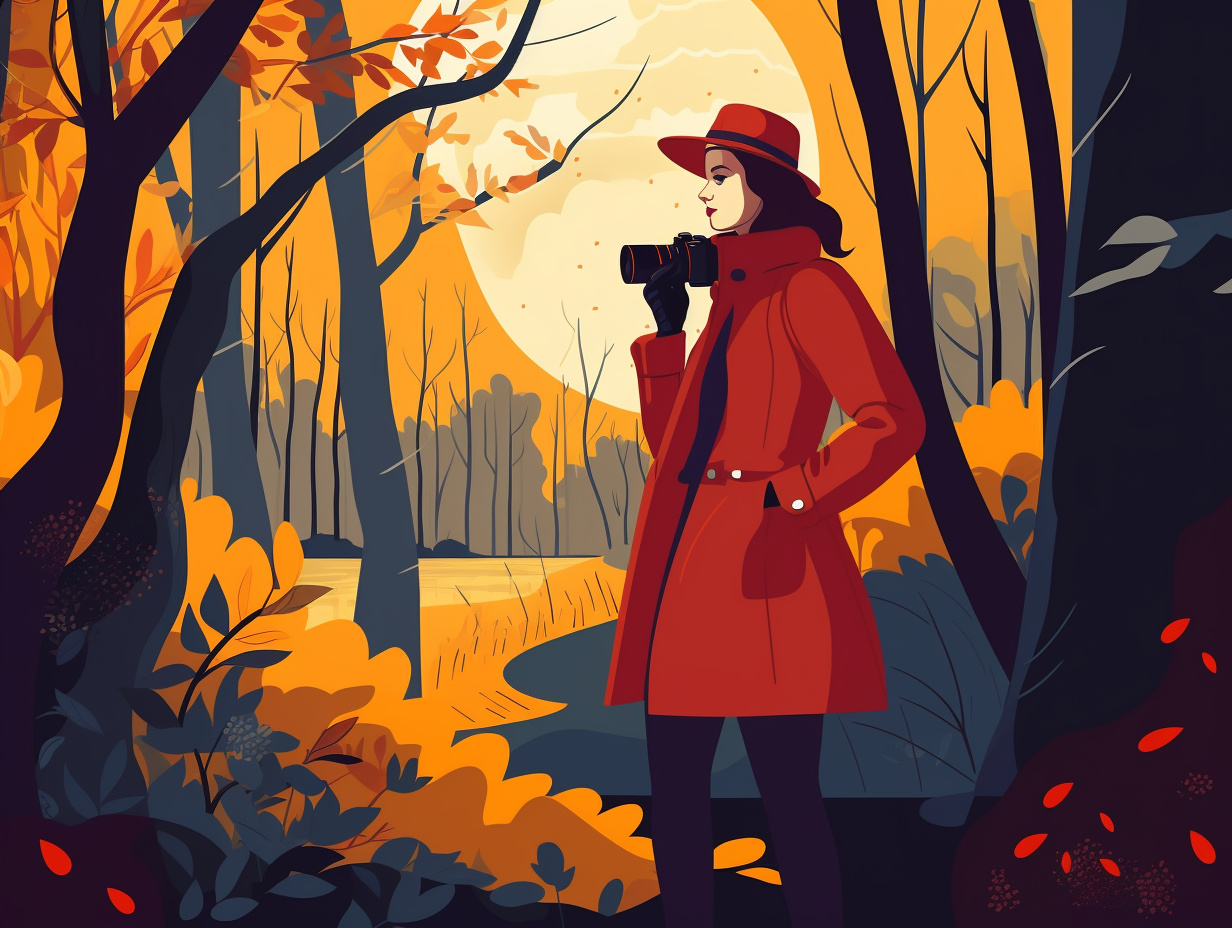
5. Dry-Plate Drama: Privacy vs. Photos
They said a picture is worth a thousand words, but they never mentioned it used to be a hassle to snap away: Dry-plate photography, introduced in the late 1870s, replaced the tedious wet-plate collodion process, making photography more accessible and sparking an era of amateur shutterbugs, not to mention stirring up the first heated debates about capturing people's images without consent – a familiar scuffle in today's world of smartphones and wearable cameras.
Source => medium.com
6. Queen Elizabeth: Royal Photobomber
When Her Majesty met the Queen of Photobombs: In 2014, during the Glasgow National Hockey Centre tournament, a selfie with an unsuspecting Queen Elizabeth II photobombing in the background went viral after the Australian hockey team beat Malaysia 4-0, and donned black armbands to honor the victims of the MH17 disaster.
Source => theguardian.com
7. Wilson Bentley: Snowflake Whisperer
While Jack Frost creates his icy masterpieces, Wilson Bentley was the Ansel Adams of snowflakes, passionately capturing their frozen beauty with a camera and a chilly resolve: This determined photographer innovated photomicrographic techniques to snap over 5000 individual snowflake pictures, which he would wait for in freezing cold hours, handle with feathers, and eventually donate to the Smithsonian Institution Archives as a valuable scientific resource to forever preserve the captivating world of snow crystals.
Source => siarchives.si.edu
8. Balzac: Skeptic of Soul-stealing Selfies
Y'know, some folks once thought taking a selfie could leave you feeling a bit "soul-less" and a smidge skin-thinner – talk about an identity crisis! Believe it or not: French writer Honore de Balzac was one of these skeptics who felt that daguerreotype photography robbed them of a piece of their essence and a layer of skin, despite its eventual popularity as a detailed and shinier alternative to oil paintings for portraiture.
Source => blogs.loc.gov
Related Fun Facts

